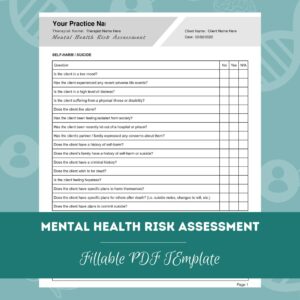The use of such a structured format offers multiple advantages. It facilitates clear communication among members of the treatment team, ensuring everyone is aware of the patient’s primary concerns. This streamlined communication supports collaborative treatment planning and consistent care delivery. Furthermore, it aids in tracking progress over time, allowing clinicians to monitor the effectiveness of interventions and make necessary adjustments to the treatment plan. The standardized nature enhances the ability to conduct audits and research, contributing to improved patient outcomes and evidence-based practice.
